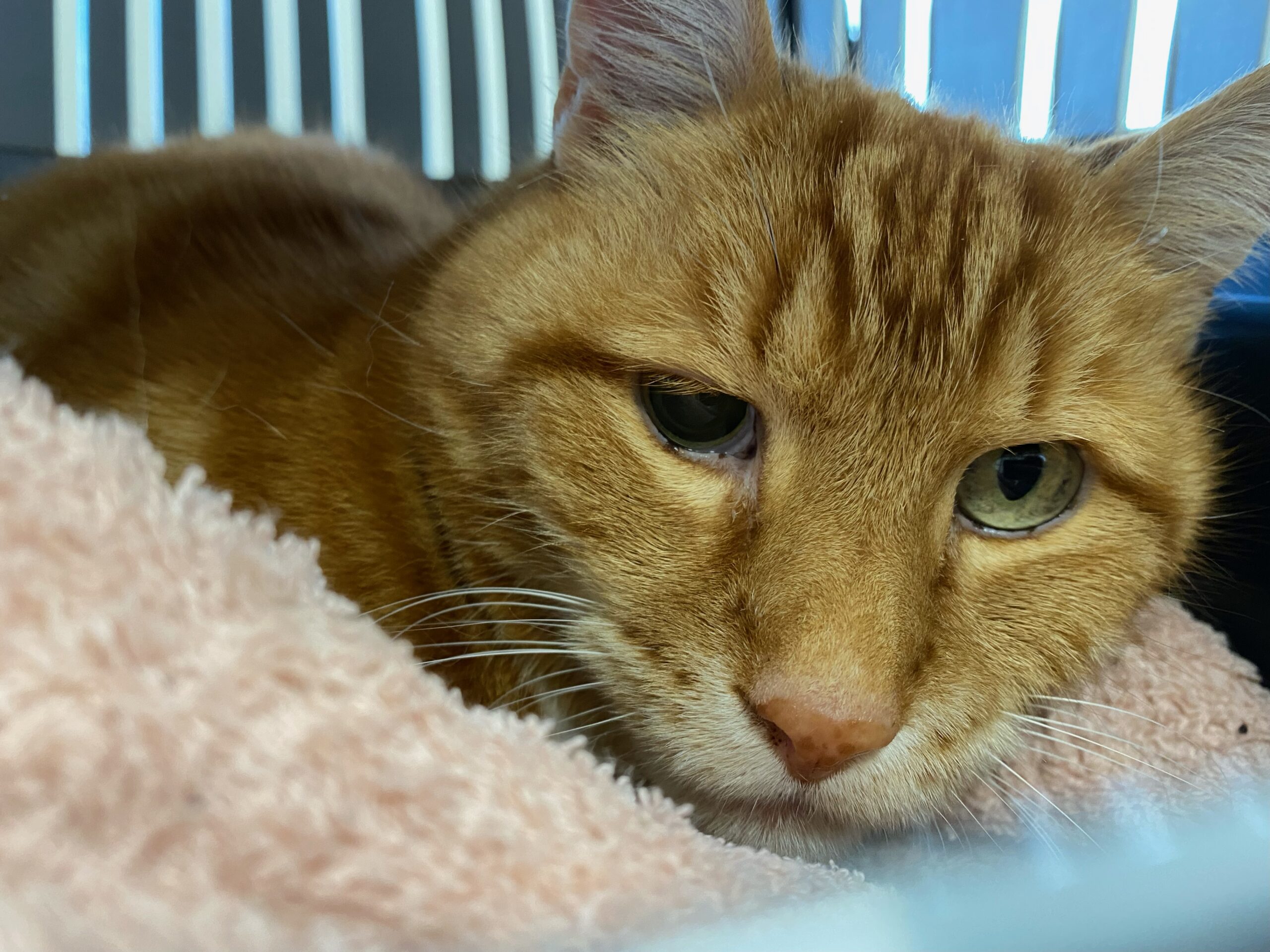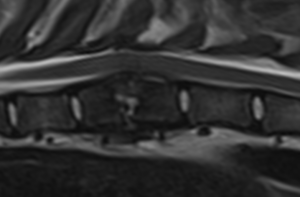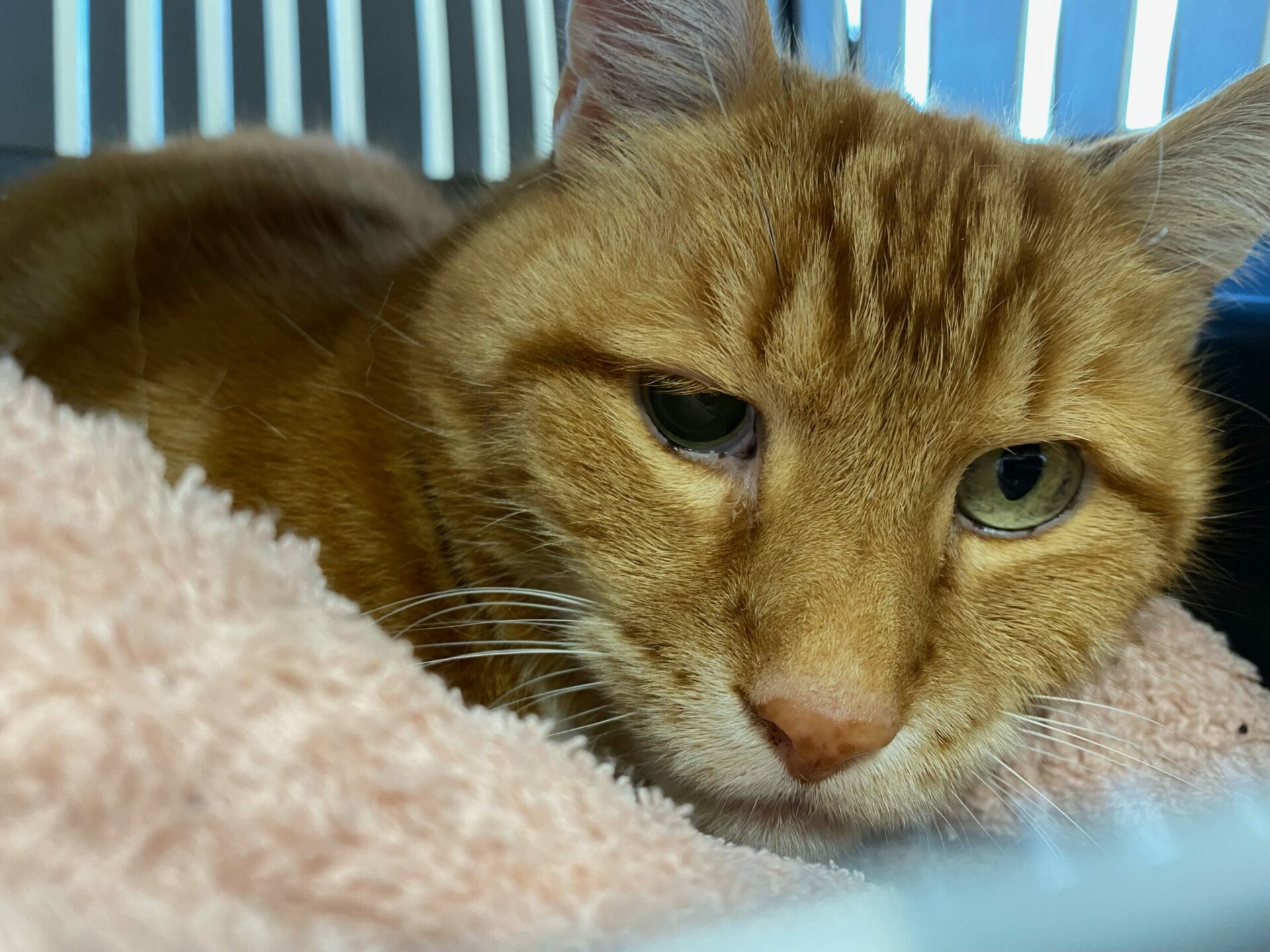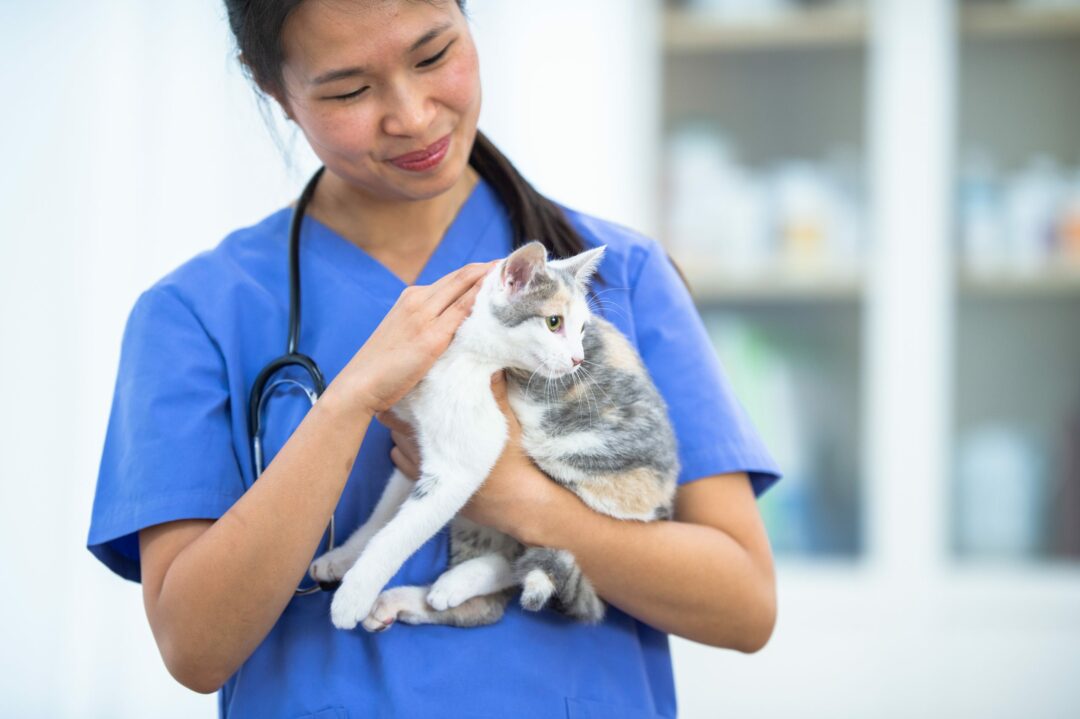In the ever-evolving landscape of veterinary medicine, incorporating advanced diagnostic tools has become instrumental in enhancing the quality of care for our beloved pets. Magnetic Resonance Imaging (MRI), a technology commonly associated with human patients, is increasingly finding its place in the veterinary practice. However, the question that looms large for both veterinary professionals and pet owners alike is whether the expense of MRI for dogs and cats can be justified.
The escalating costs of healthcare are not limited to human patients; veterinary care also faces financial challenges. Among these, the expense of MRI for dogs and cats often raises questions. Many pet owners and veterinary professionals wonder if the benefits of such advanced imaging tools justify the financial investment.
Dr. Simon Platt, delves into the rationale behind this diagnostic investment, addressing both the scientific perspective within the veterinary community and the concerns of pet owners.
The diagnostic precision of MRI
One of the primary justifications for using MRI in veterinary medicine is its unparalleled ability to provide detailed images of soft tissues, joints, and the nervous system. While traditional imaging methods, such as X-rays, offer valuable insights into bones and some soft tissues, MRI allows for a comprehensive examination of organs, muscles, ligaments, the spinal cord, and the brain. This level of diagnostic precision can be crucial in identifying and characterising complex conditions that may otherwise remain elusive.
For instance, identifying and treating neurological conditions in dogs and cats has become more efficient. Surgically treatable ailments previously misdiagnosed or undetected can now be addressed accurately. This not only improves veterinary patients’ survival rates but also ensures they live healthier, pain-free lives. Check out one of our case studies where MRI helped to diagnose spina bifida in a female German Shepherd, enabling it to be effectively treated. The dog recovered without any complication and, at her 2-week post-operative recheck, was assessed to be normal.
MRI offers unparalleled diagnostic accuracy, making it invaluable for treatment planning and long-term health outcomes for pets. The benefits extend beyond immediate clinical results, as investing in MRI can lead to cost-effective treatments over time, improved animal welfare, and greater satisfaction among pet owners.

Fig. 1: Clinical examination suggested that this 3-year-old cat diagnosed with a dilated pupil (mydriasis), was not suffering from a disease affecting the eye itself, but that the condition was related to a disease of the brain. A rapid understanding of the cause can be identified with MRI to avoid unnecessary treatment attempts and improve the situation with early medical intervention.
Advancements in treatment planning
The information garnered from an MRI scan goes beyond mere diagnosis for the veterinarian. It serves as a roadmap for effective treatment planning. Veterinarians can pinpoint the exact location and, in some cases, the expected pathology, enabling them to tailor veterinary treatment strategies with unprecedented accuracy. This improves the chances of successful outcomes and minimises the need for exploratory procedures, reducing overall patient stress.
Cost-effectiveness in the long run
MRI procedures for pets typically involve substantial initial investment and operational costs. Acquiring and maintaining most MRI scanners, particularly those with a field strength of 1 Tesla or above, can be expensive. Large private or academic referral speciality practices are typically where these systems are found due to the technical and financial demands. Additionally, veterinary professionals require specialised training to interpret MRI images accurately, which adds further costs.
While the upfront costs of MRI can seem daunting, strategies like decreasing complex building works and utilising relocatable systems can mitigate expenses significantly. Hallmarq’s innovative rental solution means you don’t have to worry about securing a bank loan to purchase their small animal MRI equipment; a single monthly payment covers everything. In addition, their small animal 1.5T MRI machine has a built-in RF shield negating the need for an expensive room fit-out. And, it’s 100% helium free which means there is no need to source and purchase a finite resource and no expense involved with fitting a system quench pipe. The benefits of installing MRI for cats and dogs, such as prompt and accurate diagnosis, being known as a center of excellence, increased revenue from referrals, and higher staff morale, often justify the investment in the long term. Early intervention made possible by MRI can prevent the development of untreatable diseases or secondary complications, reducing healthcare costs over a pet’s lifetime.
Enhanced animal welfare
From the perspective of pet owners, considering MRI expenses is often intertwined with a deep sense of responsibility and love for their furry companions. Investing in advanced imaging is not just about monetary cost; it is about ensuring their pets’ best possible quality of life. The emotional value of knowing the precise condition affecting their animal’s health can be immeasurable, fostering a sense of empowerment and reassurance.
Clinical outcomes and pet owner satisfaction are closely linked when justifying the expense of MRI in veterinary practice. Improved diagnostic accuracy and treatment outcomes can significantly enhance the pet’s quality of life, influencing owner decision-making.
Fig. 2: A 6-year-old mixed-breed dog was treated with anti-inflammatory medications and pain relief for recurrent back pain. The large dog was difficult to radiograph but the images were interpreted as possible disc disease. After the onset of progressive weakness in the hind limbs, an MRI confirmed an infectious disease (discospondylitis) which required specific antibiotic therapy. Happily, the dog made a complete recovery.

Informed decision-making for pet owners
Educating pet owners about the benefits of MRI is crucial in fostering understanding and acceptance of the associated costs. By providing a clear picture of how this advanced treatment tool contributes to a more accurate diagnosis and tailored treatment plan, veterinarians empower pet owners to make informed decisions about their pet’s healthcare. It should also be remembered that many pet insurance plans often cover the cost of an MRI, recognising the value of early and accurate diagnosis. Pet owners would be wise to check their policy for inclusions and exclusions and to see whether or not a dog and cat MRI is included.
Understanding the exact nature and extent of their pet’s medical condition removes much of the owner’s uncertainty associated with potentially invasive and costly treatments. When owners can see the tangible benefits and prognosis through MRI results, they are more likely to opt for advanced treatment interventions.
MRI usage in veterinary care significantly impacts pet owners’ decisions regarding their pets’ health. Transparent communication, combined with detailed MRI results, helps build trust and enables owners to make informed choices about treatment options.
Furthermore, MRI’s noninvasive nature offers peace of mind, making it a more attractive option compared to traditional, more invasive diagnostic methods. This reassures pet owners, ensuring higher satisfaction and willingness to pursue recommended treatments
Conclusion
In the dynamic landscape of veterinary medicine, integrating MRI into routine diagnostic protocols for dogs and cats reflects the commitment to advancing animal healthcare. While the expense of MRI may be a consideration, its benefits in terms of diagnostic accuracy, treatment planning, long-term cost-effectiveness, and improved animal welfare justify the investment. By educating both veterinary professionals and pet owners, MRI can become an essential and accepted part of modern veterinary care, ensuring the best possible outcomes for pets while maintaining economic feasibility for the veterinary practice.
Bridging the gap between veterinarians and pet owners through education is crucial in ensuring this powerful diagnostic tool becomes an accessible and accepted aspect of modern veterinary care.
Frequently Asked Questions
The following questions address common concerns related to the cost, value, and applicability of MRI scans for pets in veterinary medicine and financial options for companion animal owners.
What are the typical costs of MRI scans for cats and dogs in veterinary medicine?
MRI scans for canine patients and feline patients can vary between £1,500 and £2,500. This high cost is mainly due to the advanced imaging technology and specialised equipment required in veterinary treatments.
How does magnetic resonance imaging (MRI) provide value in diagnosing pet health issues?
MRI offers superior diagnostic accuracy, aiding in precise veterinary treatments. It can detect conditions other imaging tools might miss and plays a crucial role in achieving a differential diagnosis. Ultimately, it improves animal patients’ welfare and ensures a higher standard of care.
What factors contribute to the high price of veterinary MRI procedures for pets?
The installation of MRI machines, often costing between £1,500,000 and £2,500,000, significantly impacts the price. Additionally, the operational and maintenance costs, along with specialised training for veterinary professionals, contribute to the expense. Practical challenges, such as the cost of specialised equipment and differences between countries in health care industry standards, further impact the overall cost.
When is an MRI deemed necessary for a pet’s diagnostic process in veterinary care?
An MRI is recommended when detailed imaging is required for diagnosing neurological, orthopedic, or soft tissue conditions that other methods cannot accurately detect. This advanced diagnostic tool aids in achieving a thorough differential diagnosis and ensures informed consent from pet owners for advanced treatments.
For pet owners without insurance, what financial assistance options are available for MRI testing?
Some primary care practices and health care providers offer payment plans or work with insurance companies and third-party financing options. Pet insurance plans provided by major pet insurance providers can also help cover the cost of an MRI. Additionally, non-profit organizations may provide financial aid for necessary medical procedures for animal patients who do not possess insurance.
What alternative diagnostic tools might be considered if MRI is financially prohibitive for pet care?
Alternative diagnostics include X-rays, ultrasound, and CT scans. While these may not offer the same level of detail as MRI, they can still provide valuable insights into veterinary patient’s health conditions. In some cases, these alternatives are more accessible for future patients and companion animal owners during routine veterinary visits.
INTERESTED IN VISIONARY VETERINARY IMAGING?








